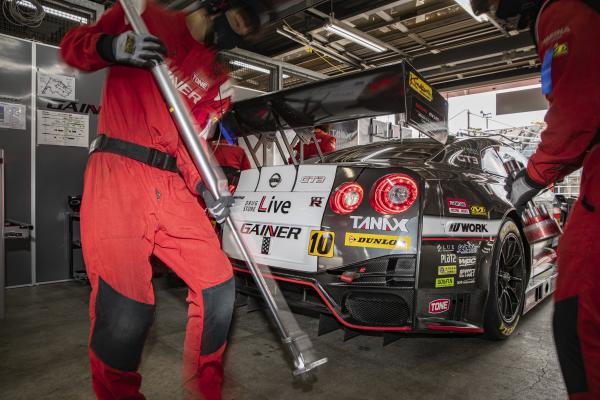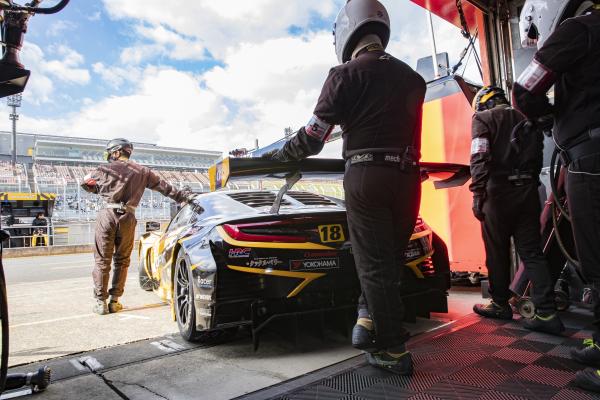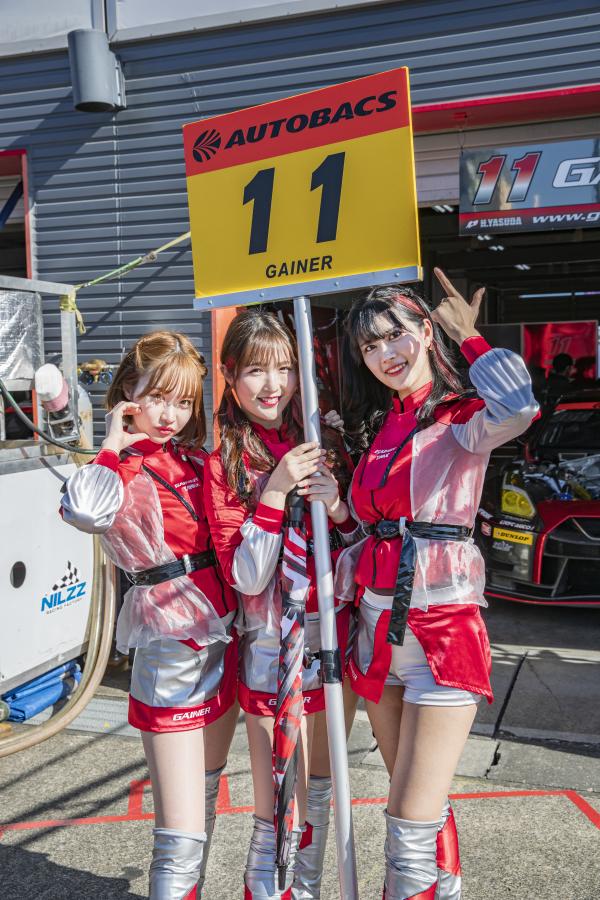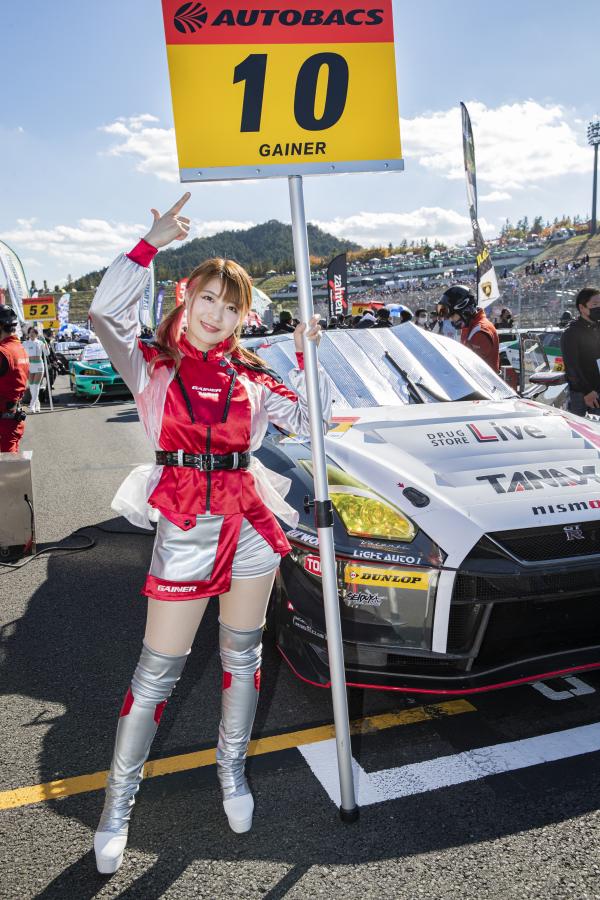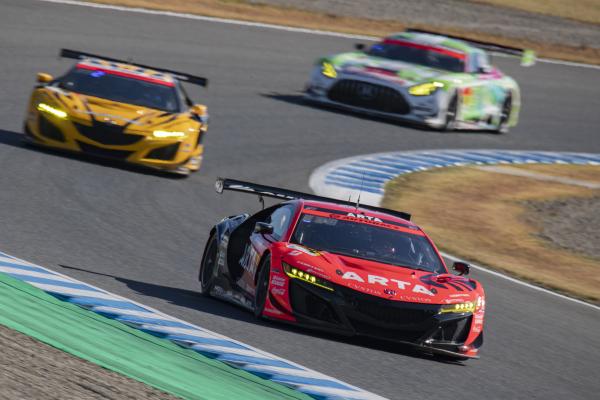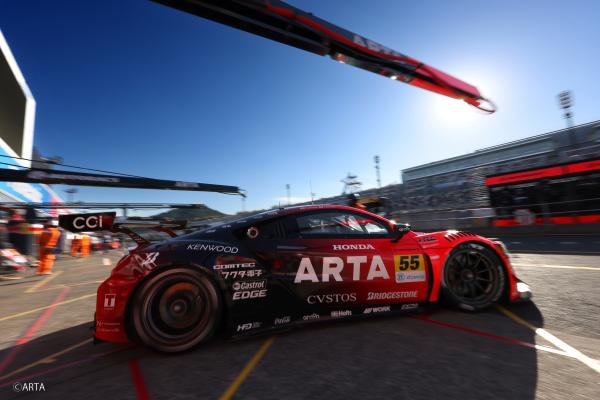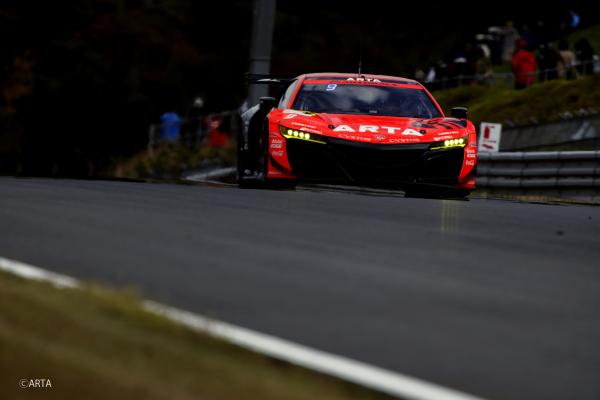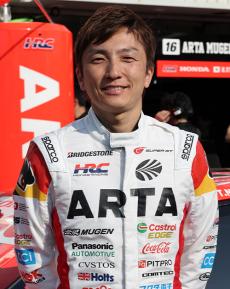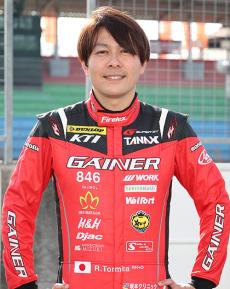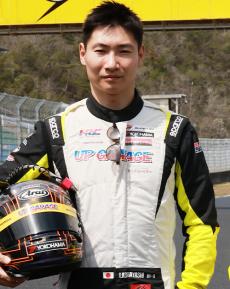TOPICS
SUPER GT
2022.11.17
2022 AUTOBACS SUPER GT Round8 MOTEGI GT 300km RACE ARTA NSX GT3 Winner!
 The AUTOBACS SUPER GT 2022 SERIES Round 8 final was held at Mobility Resort Motegi in Tochigi Prefecture.
The AUTOBACS SUPER GT 2022 SERIES Round 8 final was held at Mobility Resort Motegi in Tochigi Prefecture.
In the GT300 class, #55 ARTA NSX GT3 (Hideki Mutoh/Iori Kimura), who took pole position, dominated the race with overwhelming speed and won the race. The final race of the season was beautifully decorated with a pole to win.
Race results for machines equipped with WORK WHEELS are as follows.
GT500 class
#8 ARTA NSX-GT Tomoki Nojiri / Nirei Fukuzumi Qualifying 8th / Final 8th
GT300 class
#55 ARTA NSX GT3 Hideki Mutoh / Iori Kimura Qualifying 1st / Final victory
#18 UPGARAGE NSX GT3 Takashi Kobayashi / Kakunoshin Ota Qualifying 2nd / Final 4th
#10 TANAX GAINER GT-R Ryuichiro Tomita / Riki Okusa Qualifying 8th / Final 8th
#11 GAINER TANAX GT-R Hironobu Yasuda / Kyosamu Ishikawa Qualifying 20th / Final 14th
DRIVER RANKING
GT500 class
12th place #8 ARTA NSX-G Tomoki Nojiri / Nirei Fukuzumi
GT300 class
3rd place #10 TANAX GAINER GT-R Riki Okusa
6th place #10 TANAX GAINER GT-R Ryuichiro Tomita
7th place #11 GAINER TANAX GT-R Hironobu Yasuda / Kyosamurai Ishikawa
8th place #18 UPGARAGE NSX GT3 Takashi Kobayashi / Kakunoshin Ota
12th place #55 ARTA NSX GT3 Hideki Mutoh / Iori Kimura
TEAM RANKING
GT500 class
12th ARTA
GT300 class
2nd place #10 GAINER
5th place #11 GAINER
7th place #18 UPGARAGE
13th place #55 ARTA
Thank you very much for your warm support until the end.
WORK WHEELS successfully finished this season's Super GT thanks to the help of each team, drivers, and all the people involved, as well as the fans who support us.
We look forward to your continued support next season.
Drivers
Past articles
-
Jul 10, 2025
2025 AUTOBACS SUPER GT Round 3 SUPER GT MALAYSIA FESTIVAL 2025 ARTA 2nd place
-
May 09, 2025
2025 AUTOBACS SUPER GT Round2 FUJI GT 3Hours RACE GW SPECIAL
-
Apr 18, 2025
-
Dec 13, 2024
2024 AUTOBACS SUPER GT Round5 SUZUKA GT 300km RACE GRAND FINAL
-
Oct 30, 2024
-
Sep 27, 2024
-
Aug 08, 2024
-
Jun 11, 2024





















